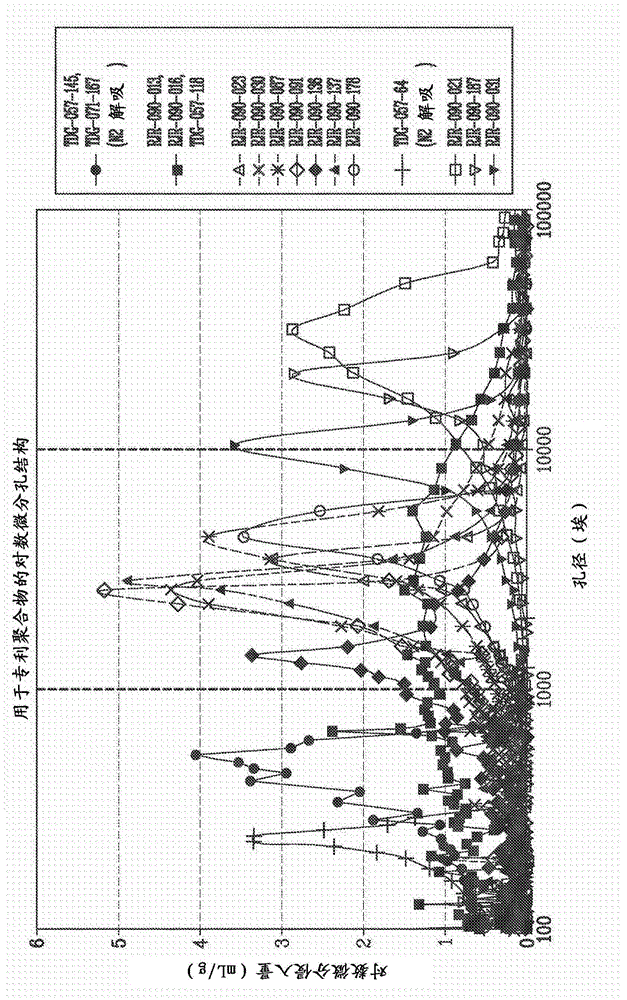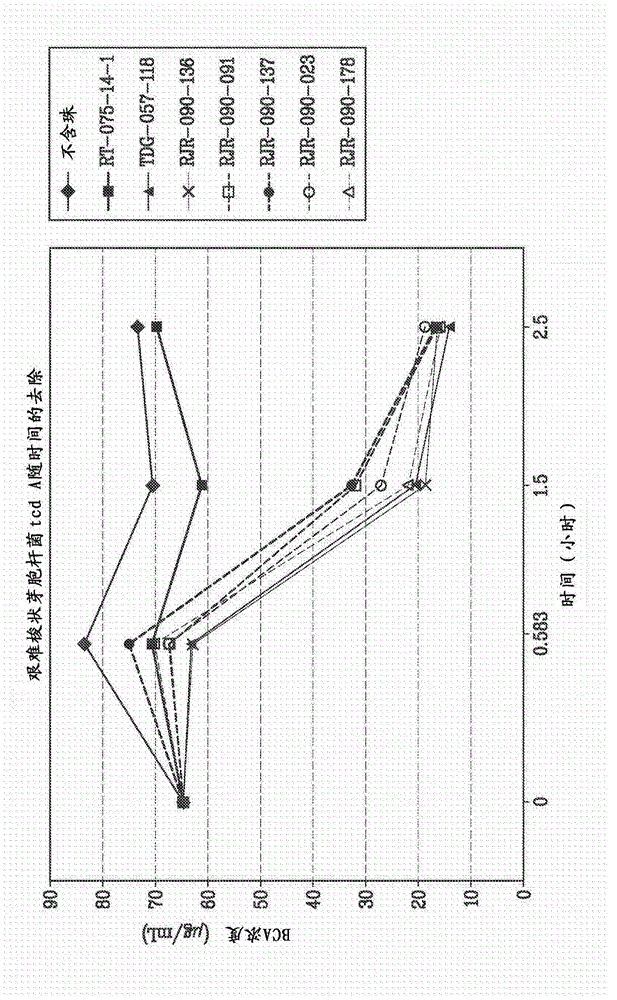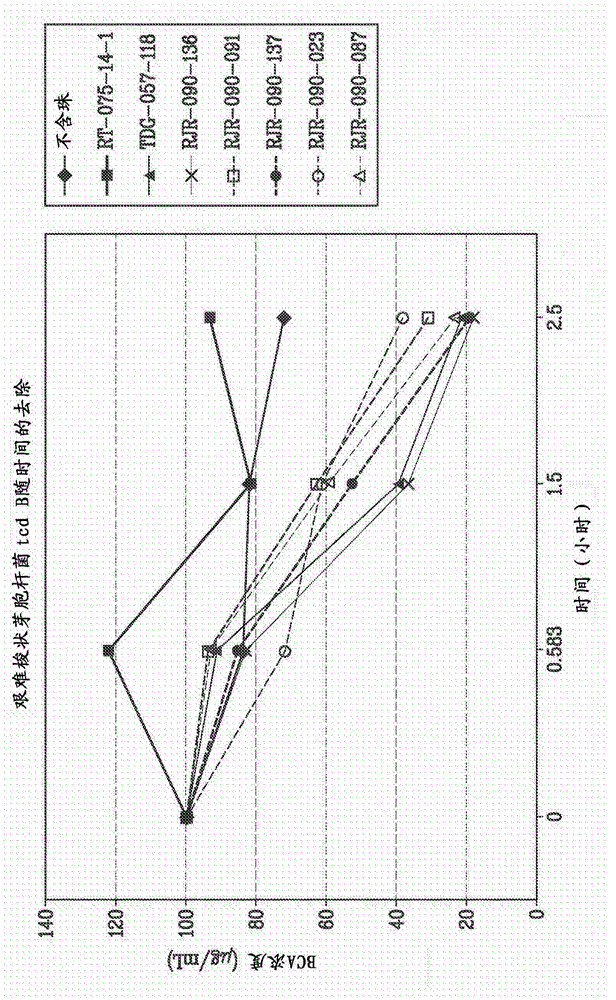Methods of using polymers
A technology of polymers and species, applied in the direction of drug devices, chemical instruments and methods, drug combinations, etc., can solve problems such as ineffectiveness in the treatment of toxins, lack of antidote, exposure, etc.
- Summary
- Abstract
- Description
- Claims
- Application Information
AI Technical Summary
Problems solved by technology
Method used
Image
Examples
Embodiment 1-18
[0084] Eighteen porous polymeric adsorbents characterized by their pore structure and their synthesis are described in Examples 1-18. The characterization of the pore structure is given in Example 19.
[0085] The synthesis procedure consists of (1) preparation of the aqueous phase, (2) preparation of the organic phase, (3) suspension polymerization, (4) purification of the resulting porous polymer sorbent product (work-up), and (5) Add blood compatibility coating.
[0086] The following synthesis method was generally applicable to all samples made. The synthesis procedure differed between each polymer sample; referring to Table 6, the following is a general procedure in order to view the specific operating conditions for each example.
[0087] Reactor setup. An over-head stirrer, water-cooled condenser, multi-stage stirrer blades, thermocouple and bubbler were installed in a 5L or 0.5L tank reactor. For a 0.5L kettle, install a gasket between the top cover and the bottom ...
Embodiment 19
[0099] Example 19: Pore Structure Characterization
[0100] Use Micromeritics Autopore IV9500V1.09 mercury penetration meter (mercury intrusion meter) or Micromeritics ASAP 2010 meter (N 2 desorption) to analyze the pore structure of the adsorbent polymer. The results are shown in figure 1 , where the pore volume is plotted as a function of pore diameter. figure 1 is the logarithmic differential pore structure used in Examples 1-18.
Embodiment 20
[0101] Example 20: Pore Structure Features
[0102] The pore volumes of the various sorbent polymers are divided into categories within the pore size range and these values are provided in Tables 7 and 8. In the first range, the capacity pore volume (capacity pore volume) is the volume of such pores that can accept protein adsorption and have a diameter larger than The pore volume composition of the pores. An effective pore volume is a pore volume that selectively accepts proteins of less than about 50,000 Daltons and that ranges in diameter from 100 to range of hole diameters. Oversized pore volumes are acceptable for proteins greater than about 50,000 Daltons and consist of diameters greater than The pore volume composition of the pores. Undersized pore volumes are those with diameters smaller than And pore volumes for proteins greater than about 10,000 Daltons are not acceptable.
[0103] In the second range, the capacitive pore volume is the pore volume that ca...
PUM
| Property | Measurement | Unit |
|---|---|---|
| size | aaaaa | aaaaa |
| molecular weight | aaaaa | aaaaa |
| molecular weight | aaaaa | aaaaa |
Abstract
Description
Claims
Application Information
 Login to View More
Login to View More - R&D
- Intellectual Property
- Life Sciences
- Materials
- Tech Scout
- Unparalleled Data Quality
- Higher Quality Content
- 60% Fewer Hallucinations
Browse by: Latest US Patents, China's latest patents, Technical Efficacy Thesaurus, Application Domain, Technology Topic, Popular Technical Reports.
© 2025 PatSnap. All rights reserved.Legal|Privacy policy|Modern Slavery Act Transparency Statement|Sitemap|About US| Contact US: help@patsnap.com



